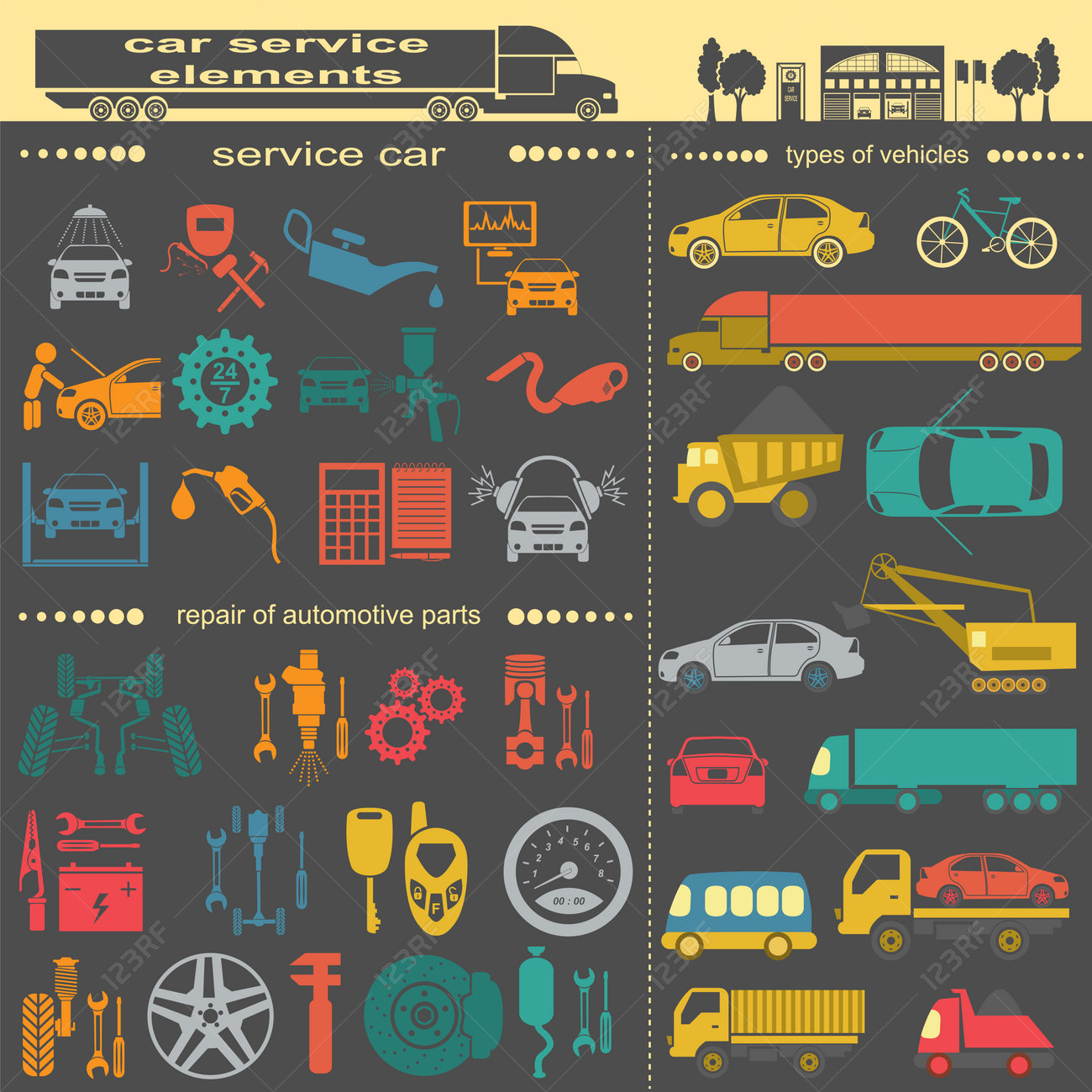When you lag the wheel, those beautiful warning lights on your dashboard can be a little bit complicated. Do you understand what they're attempting to inform you regarding your vehicle's wellness? Comprehending the importance of these lights is vital for your security and the long life of your lorry. So, the next time among those lights pops up, wouldn't you intend to decipher its message properly and take the essential actions to address it?
Common Caution Lights and Interpretations
Identify common caution lights in your cars and truck and comprehend their meanings to make sure secure driving.
The most normal warning lights consist of the check engine light, which indicates concerns with the engine or emissions system. If this light comes on, it's essential to have your lorry checked promptly.
Recommended Browsing warning light shows low oil pressure, needing immediate attention to prevent engine damage.
A flashing battery light might recommend a malfunctioning billing system, possibly leaving you stranded if not addressed.
The tire pressure monitoring system (TPMS) light notifies you to low tire stress, affecting vehicle security and fuel efficiency. Overlooking this can result in risky driving conditions.
The ABS light shows a problem with the anti-lock stopping system, jeopardizing your ability to quit rapidly in emergencies.
Lastly, the coolant temperature level warning light warns of engine getting too hot, which can result in extreme damages if not settled swiftly.
Recognizing these common caution lights will aid you attend to problems without delay and keep safe driving problems.
Importance of Prompt Attention
Comprehending the typical caution lights in your automobile is just the initial step; the importance of without delay addressing these warnings can't be emphasized sufficient to ensure your safety when driving.
When a caution light illuminates on your dashboard, it's your vehicle's way of interacting a potential problem that requires interest. Neglecting Read More On this page can result in a lot more extreme issues down the road, endangering your security and potentially costing you extra out of commission.
Prompt interest to cautioning lights can prevent breakdowns and mishaps. For example, a flashing check engine light could show a misfire that, if left ignored, could trigger damages to the catalytic converter. Addressing this quickly can save you from an expensive fixing.
In a similar way, a brake system alerting light could signal low brake liquid or used brake pads, essential components for your safety when driving.
DIY Troubleshooting Tips
If you see a caution light on your control panel, there are a couple of DIY fixing pointers you can attempt before looking for expert aid.
The initial step is to consult your auto's guidebook to comprehend what the particular warning light indicates. Occasionally the issue can be as simple as a loosened gas cap causing the check engine light. Tightening the gas cap might settle the trouble.
An additional common concern is a low battery, which can cause various advising lights. Checking the battery connections for deterioration and guaranteeing they're protected could take care of the issue.
If a warning light lingers, you can try resetting it by separating the vehicle's battery for a couple of mins and after that reconnecting it. Furthermore, examining your car's fluid levels, such as oil, coolant, and brake fluid, can assist troubleshoot alerting lights connected to these systems.
Verdict
To conclude, recognizing your automobile's warning lights is crucial for maintaining your vehicle running efficiently and securely. By promptly addressing these signals and knowing what they indicate, you can avoid expensive repairs and possible break downs.
Remember to consult your cars and truck's manual for specific information on each cautioning light and do something about it accordingly to make sure a trouble-free driving experience.
Stay informed, stay secure when driving!
